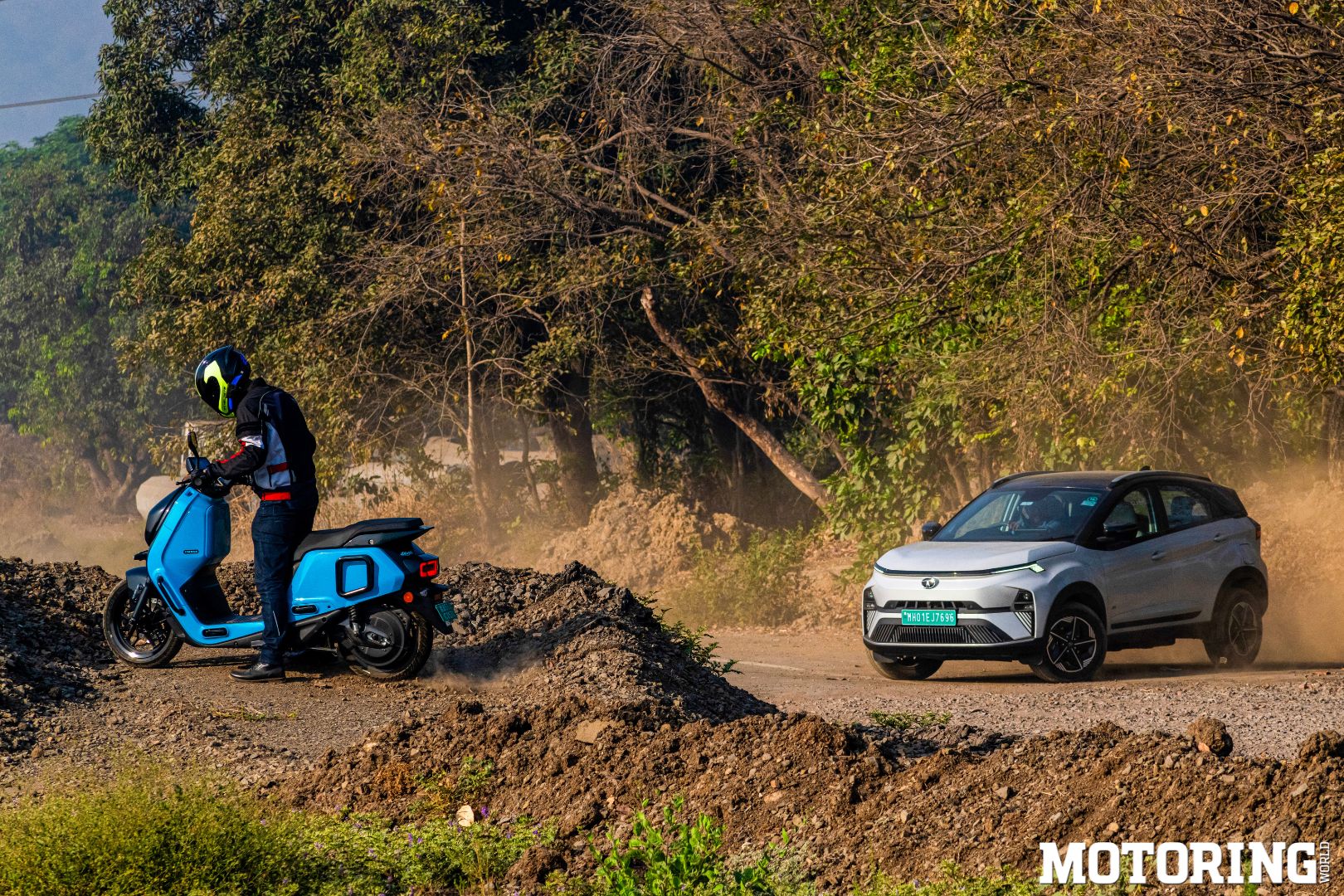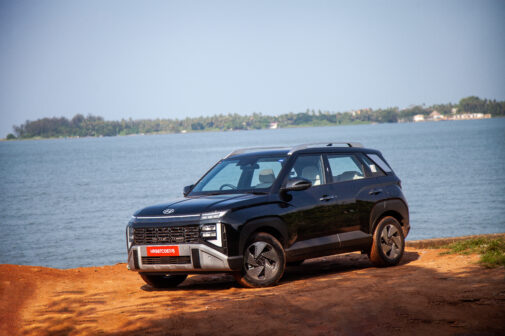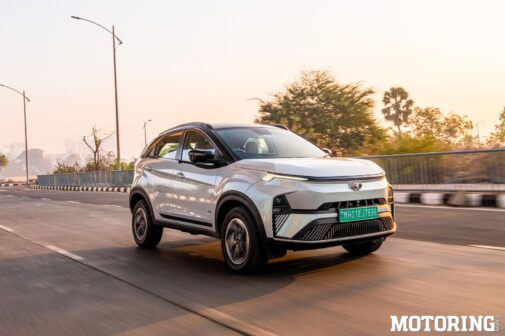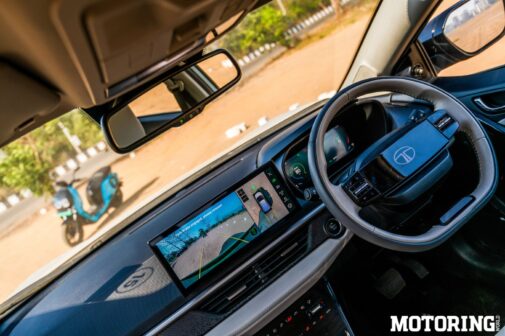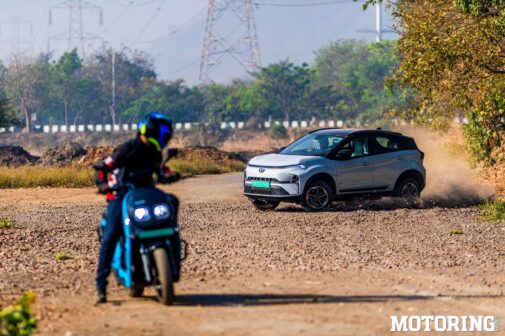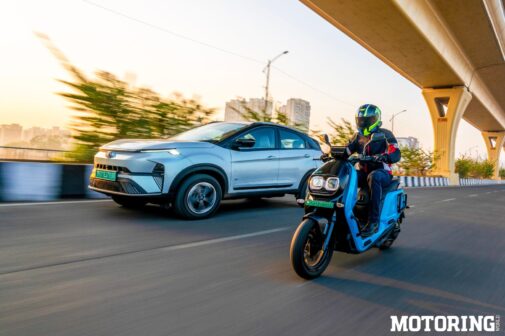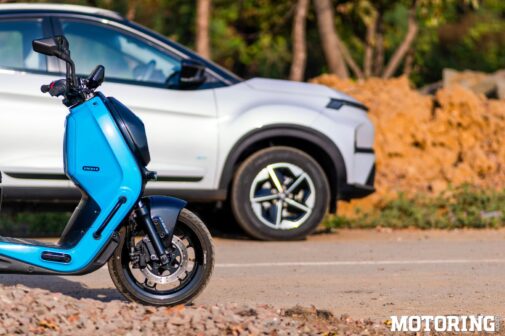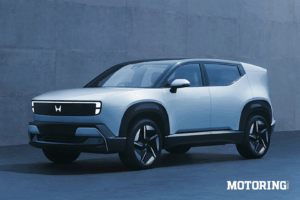Don’t we all have that one friend who consistently makes claims that sound too good to be true? And while we generally laugh it off, once in a while there is an itch to find out if these claims are actually genuine. That was exactly what was going through my mind when I first saw the River Indie. At the launch, I was pleasantly surprised by how capable the electric two-wheeler turned out to be. This was taken to the next level when I got the Indie in Mumbai and took it out camping on a single charge. So far it has been on a mission to prove itself worthy of the title, but then I thought to myself, ‘What if it actually went up against an SUV?’
Cue the Tata Nexon EV, a true electric SUV (no respectable ICE vehicle would step in the ring against the Indie, as is appropriate), one of the most popular ones in the Indian market at the moment. And in its latest avatar, it really looks sleek and fetching, a slight contrast to the Indie, which looks totally unconventional. Sure, both vehicles look rugged and formidable, too, so that is one point of similarity between the two. At first glance, nothing else seems to be similar in the slightest, yet one claims to be the two-wheel equivalent of the other. This should be fun then.
Upon a quick inspection, I found out something else that may come across as similar: more than decent storage space in both the under-seat storage of the Indie and a well-endowed boot in the Nexon EV. But that is not what makes an SUV an SUV, does it? More than utility, it should be sporty. The Indie may not look it, but it does feel pretty fun to ride, and that goes for the Nexon EV too. Both candidates can conquer a fair bit of rough terrain when tasked with it. Creature comforts is one department where the Nexon EV is hands down the winner. With the updated interior, a 320-watt JBL sound system with nine speakers, a 12.69-inch touchscreen infotainment system.
In terms of handling and ride quality, both the vehicles have a low centre of gravity, courtesy of the battery pack placement, and that sees to it that the handling is on point. The suspension setups on the Nexon EV as well as the Indie are at the midpoint of comfort and performance, which is quite a good thing. Both also share seat comfort levels, but of course, the Nexon EV envelops you in a cosy cocoon from within which you can travel around, while the Indie still has the rider exposed to the elements. Obvious differences, considering that one is a two-wheeler while the other is a four-wheeler.
Performance-wise, the electric motor delivers a good 143 bhp and 25.49 kgm of torque, pushing the Nexon EV from 0 to 100 kph in just under 9 seconds. The Indie is equipped with an electric motor that makes 9 bhp, with a peak torque output of 2.65 kgm. Quite a world of difference between the two in that case, eh? With a range that is almost one-third of the Nexon EV, there is outright no comparing the two. It’s better if we overlook a few things in the list because frankly, it doesn’t really matter. What matters is how that power is put to use, and with that in mind, both vehicles do well in their own way.
Both vehicles give a pretty accurate range estimation, although the range obviously differs between them. Charging, though, is a whole other story, since it is not that hard to find a charger for the SUV, whereas finding a plug point for the Indie was almost next to impossible. By the time we had wrapped up our shoot, there was just about enough juice in the battery to get us back home, and then some. Overall, the Indie just could be a worthy candidate for the title of SUV, but just to make it clear, ‘SUV of Scooters’ has in itself a disclaimer specifying that the title pertains to all things electric on two wheels.





